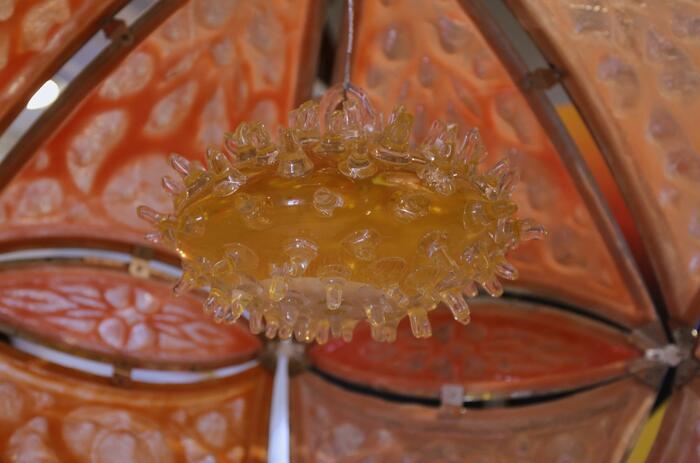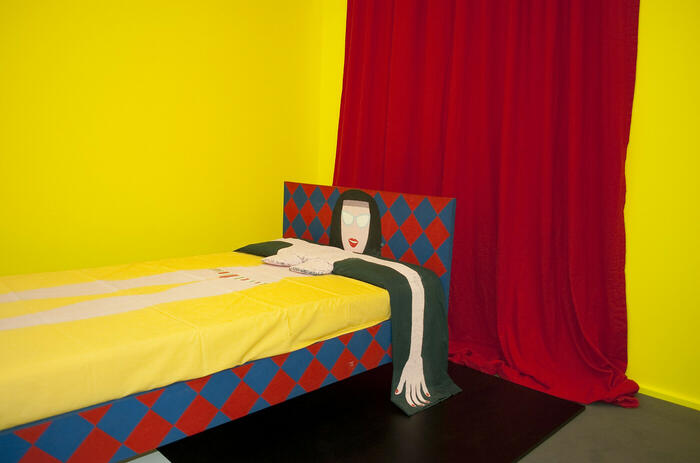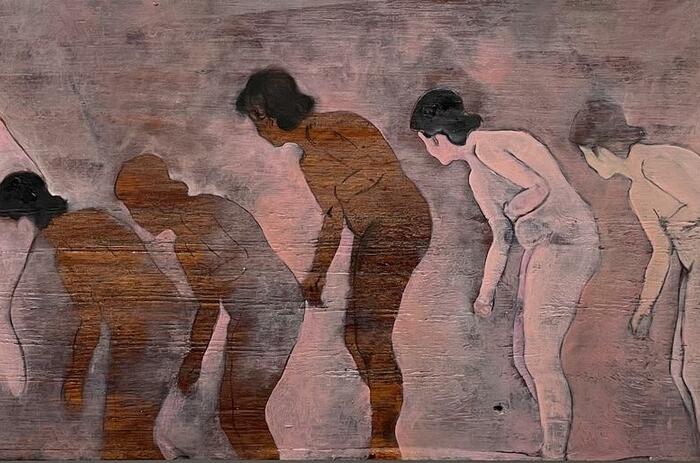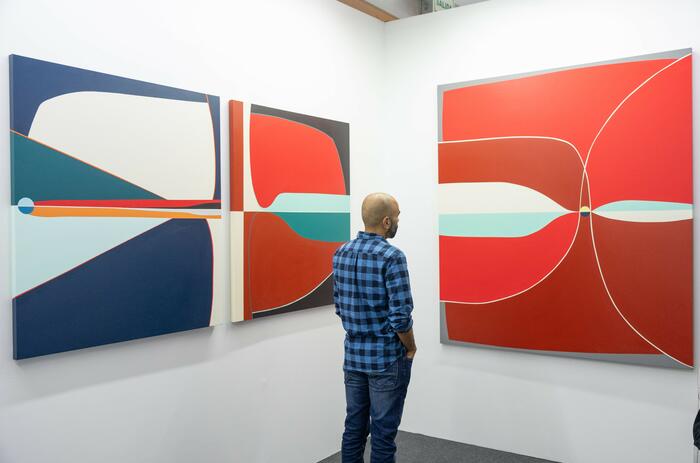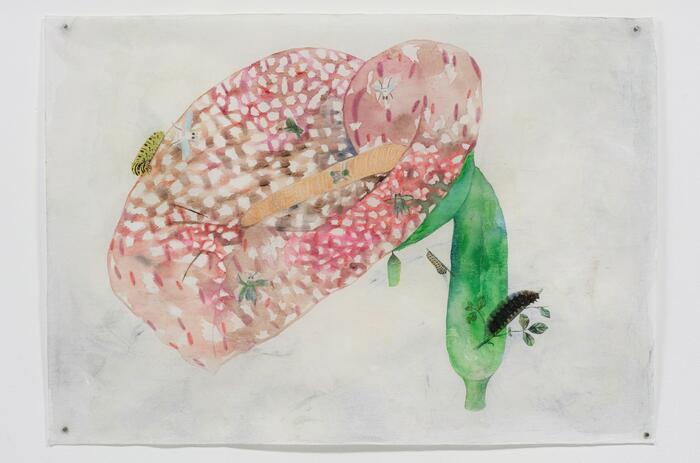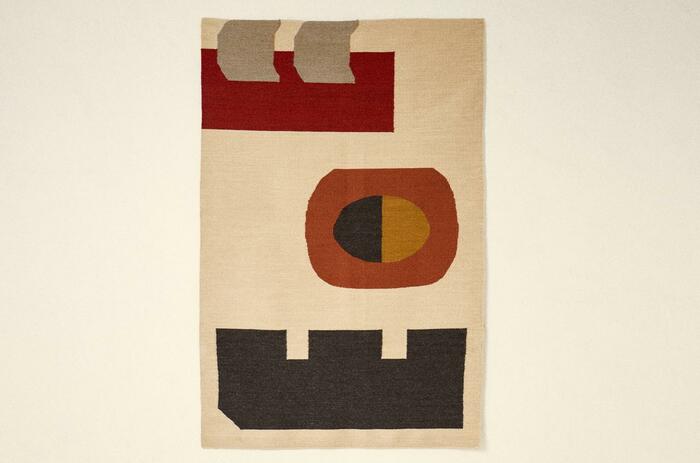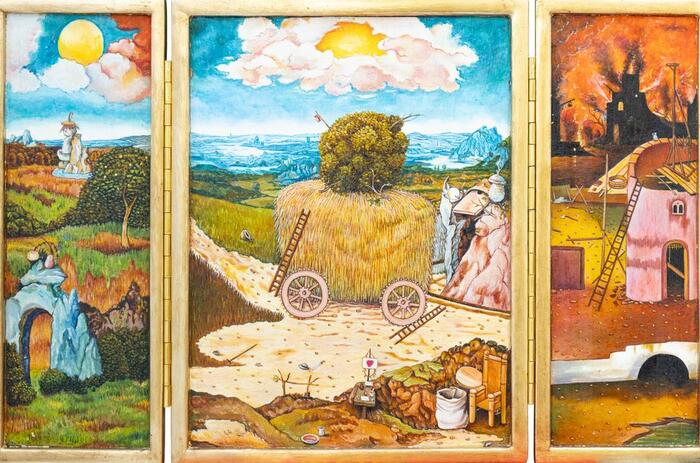LEGACY, ESTABLISHED ART, AND THE EMERGING: A CONVERSATION AT PINTA LIMA 2025
After four days of intense activity, during which key figures from the international and regional contemporary art scenes came together, the twelfth edition of Pinta Lima concluded at Casa Prado, reaffirming itself as one of the main events for contemporary art in Peru. This edition, directed by Irene Gelfman, celebrated cultural legacy and projected the future of Latin American art at a time when the Peruvian ecosystem —with the international rise of its artists, the strengthening of its gallery circuit, and the growth of local collecting— is advancing strongly toward consolidation.

The 2025 edition, which brought together more than 35 galleries, featured three main sections that reflected the diversity and dynamism of the contemporary scene. The Main Section gathered established galleries from Peru and different cities around the world, while NEXT, curated by Emiliano Valdés, focused on artists who revisit craftsmanship within contemporary artistic practices and incorporated creators whose work tends toward the meditative.
Curated by Florencia Portocarrero, RADAR showcased projects that addressed the urgent issues of our shared present, positioning artistic practice as a means for building collective memory and fostering critical thinking.
Additionally, the fair presented three outstanding curatorial projects. The Video Project offered a powerful audiovisual selection that invited viewers to observe everyday surroundings in detail, revealing the contradictions and consequences of contemporary lifestyles. The Special Project Teresa Burga, curated by Miguel A. López, reopened the debate around the legacy of a pioneering figure in Peruvian art, linking art history to current issues such as feminism, experimentation, and the reinvention of visual language. The Special Project for Pinta Lima’s Main Hall and Garden, directed by Giuliana Vidart, featured works that reflected on human transformations over time and, through dialogue with the present, proposed renewed ways of understanding and sharing the world.
The FORO program —already an essential gathering within the fair— expanded debates around collecting, curatorial practices, and market dynamics, integrating prominent local and international professionals.
Several recognitions were presented at the fair. Biombo (Tizas) III by artist Ishmael Randall-Weeks (Arroniz Gallery, Mexico City), a sculpture in steel, bronze, acrylic and chalk made from Peruvian clays and minerals, was nominated for the EFG Latin America Art Award, which celebrated its 15th anniversary as one of the most relevant recognitions to contemporary creation in the region. And the Bottega Dasso Award for the best RADAR stand was won by Paseolab Gallery (Lima, Peru).
With this edition, Pinta Lima once again reaffirmed its role as a key platform for showcasing the richness and dynamism of Peruvian and Latin American art, projecting them toward new audiences and global markets.

